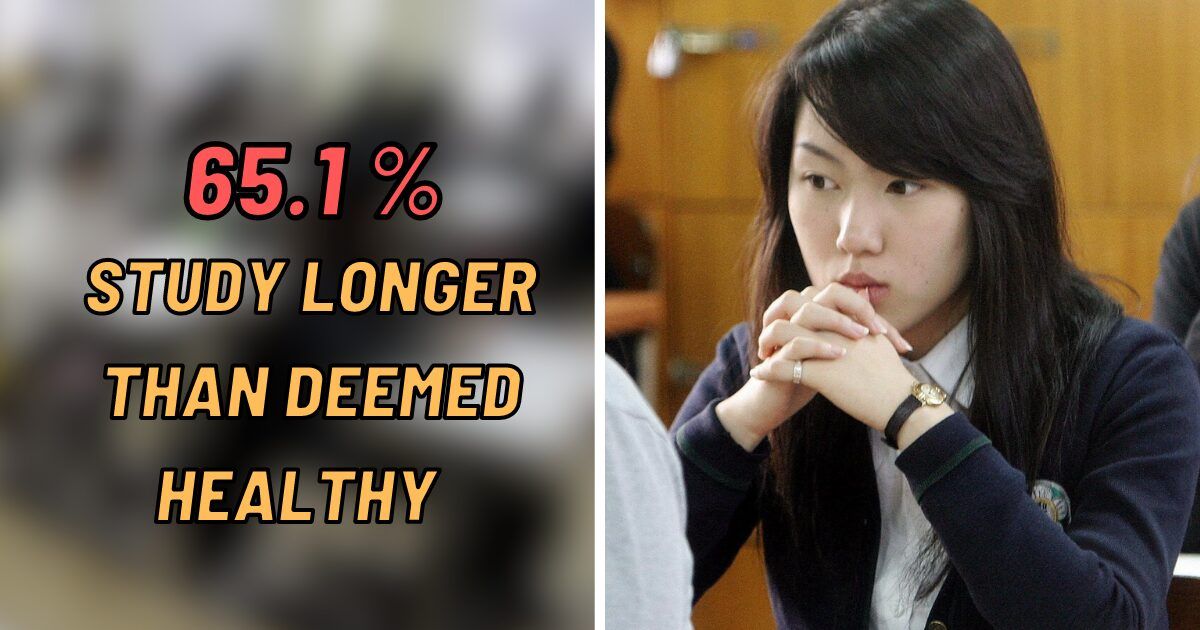Decline in Thai Students and Trainees in South Korea
The number of Thai nationals entering South Korea for study or training programs decreased significantly last year, marking a notable contrast to the overall upward trend observed in the country’s international student and trainee population. According to recent data from Statistics Korea, the number of Thais holding student and training visas dropped by 40% compared to the previous year, reaching 21,000 in 2024.
This decline was particularly striking as it deviated from the broader pattern of growth in foreign visitors coming to South Korea for educational purposes. The total number of foreigners entering the country for study or training increased by 19%, reaching 99,000 in 2024. Despite this positive trend, the drop in Thai participants stood out as an anomaly.
While the official statistics did not specify the reasons behind the decline in Thai students and trainees, it is clear that this group represented a deviation from the general increase in international enrollment. Other countries also saw shifts in their numbers. For instance, the number of Chinese citizens studying or training in South Korea fell by 18%, totaling 112,000, while Vietnamese students and trainees saw a significant rise of 25%, reaching 88,000.
Economic Factors Affecting Foreign Workers
The decrease in Thai students and trainees may be linked to broader economic trends affecting South Korea. Last year, the country experienced a slowdown in its economy, which led to fewer job opportunities for foreign workers. This economic climate had a direct impact on the number of foreigners entering the country with work visas.
According to Yonhap, the number of foreigners arriving in South Korea with working visas declined by 5% compared to 2023, totaling 164,000. This drop was attributed to reduced demand for foreign labor in local companies. An official from the statistics agency, Yoo Sook-doek, highlighted that the decline was consistent with the broader economic conditions affecting the job market.
Shifts in International Student Trends
While the number of Thai students and trainees decreased, other nations showed different patterns. China, traditionally one of the largest sources of international students in South Korea, also saw a decline in its numbers. However, Vietnam emerged as a growing source of students and trainees, with a substantial increase in the number of individuals entering the country for educational purposes.
These shifts suggest that South Korea’s education sector is evolving, with some countries becoming more prominent in attracting international students. At the same time, others are experiencing a decline in interest, possibly due to changing economic conditions or shifting priorities among students.
Broader Implications
The changes in the flow of international students and workers highlight the dynamic nature of South Korea’s relationship with its neighboring countries. As the global landscape continues to evolve, factors such as economic performance, political stability, and educational opportunities will play a crucial role in shaping these trends.
For Thailand, the drop in students and trainees may signal a need to reassess its strategies for promoting higher education and vocational training abroad. Similarly, South Korea may need to adapt its policies to attract a more diverse range of international students and workers in the future.
Overall, the data reflects a complex interplay of economic, social, and educational factors that influence international mobility. As these trends continue to develop, they will likely have long-term implications for both South Korea and the countries sending students and workers to the region.







